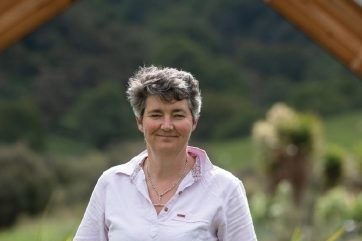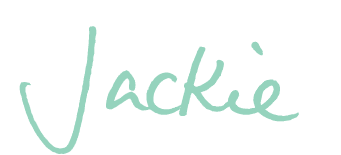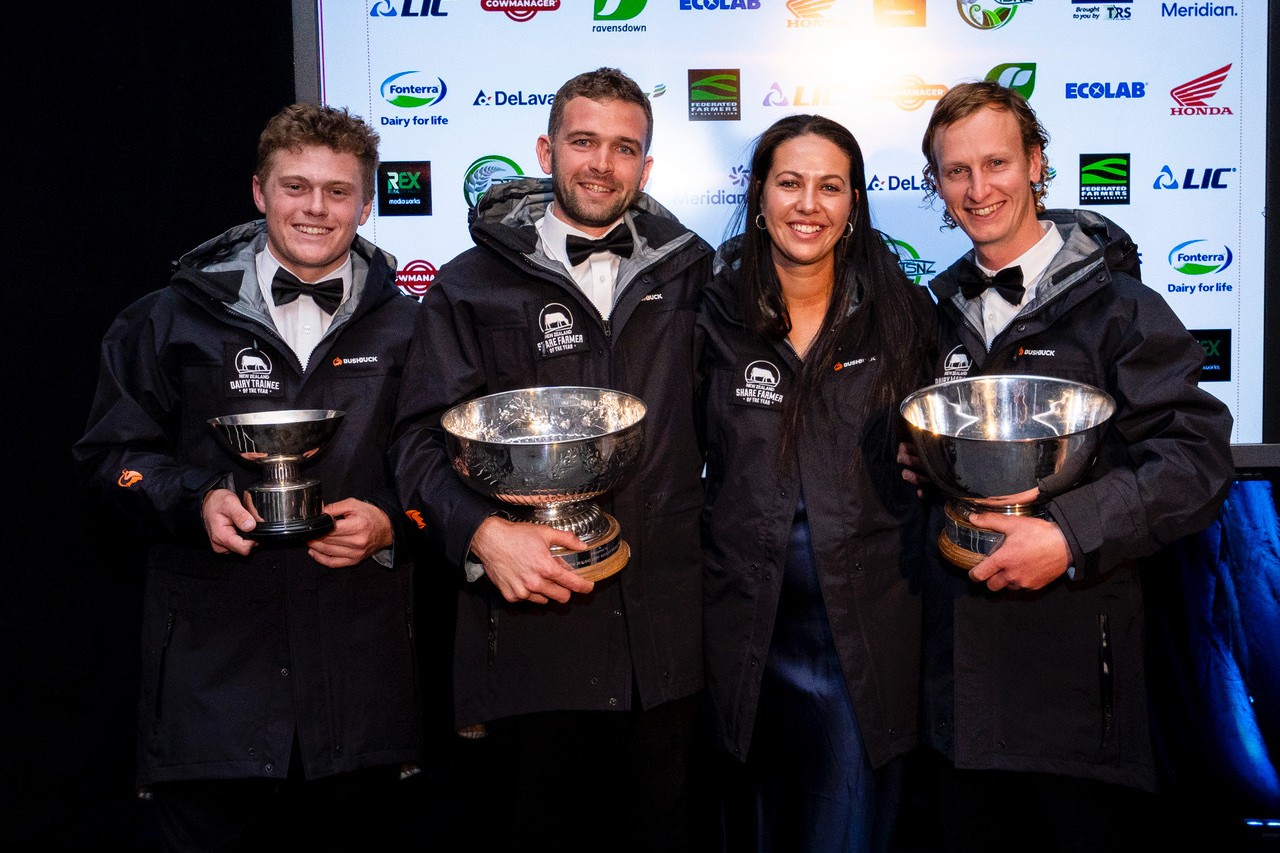Down with N
While New Zealand is a long way from the nitrogen pollution crisis gripping many parts of the world, our industry is charged with using less nitrogen and using it more efficiently.

While New Zealand is a long way from the nitrogen pollution crisis gripping many parts of the world, our industry is charged with using less nitrogen and using it more efficiently.
In a paper put out by Yale School for the Environment in 2018 in the United States, scientists warned that to prevent the N pollution crisis from worsening, the world must drastically cut back on synthetic fertilisers and double the efficiency of the N used on farms.
An environmental catastrophe looms, nitrogen scientists say, and the world urgently needs to develop strategies to prevent it.
Music to Greenpeace’s ears, or further ammo to strengthen their messaging – as they have recently started lobbying government and the public to fight for N fertiliser being outlawed as they say it is fuelling both the climate change and water quality crises by allowing the intensification of ‘big dairy’.
While you can look on their approach as extreme, if NZ dairy does not reduce N use and meet the efficiency targets, the social licence of farmers to use N will be dangerously eroded in the eyes of the Kiwi public.
To the catchcry of “but we are feeding the world”, New Zealanders impacted by growing levels of nitrates in groundwater and lakes and rivers with poor water quality due to N leaching could well answer with a cry of, ‘well don’t trash our water quality to do it – find another crop/land use that is not so polluting – and feed the world with that.’
In this issue we look at the response to reducing rates of nitrogen on our dairy farms – how farmers have reacted to meet the N cap, the effect of new policies, what is happening in this space overseas/what are the new technologies for reducing nitrates in water.
The squeeze is on Dutch, Danish and Irish dairy farmers – they are all facing rules to curtail N use as their rivers and lakes face reducing water quality results and the European Union is saying enough! Where the EU goes we often follow, as our companies and exporters react to market signals.
Our thoughts are with any of our readers who have suffered through the recent Cyclone Gabrielle battering, and in our Vet Voice column resident vet Lisa Whitfield has explained what to do if your cows are caught in a flood (pg68).
It’s facial eczema time again too, and vet Emma Cuttance expels a bit of fake news around the debilitating disease (pg72).
Here’s hoping your autumn is long, settled and warm, with enough rain to grow grass if you are in the south,






